
Otis Lift Company
Otis are the largest lift company. They Have been making lifts from 1853 to the present day. They have always been the first to start using new technology. Here is Otis's history...
1850s
In 1852, Elisha Otis invented his revolutionary design, the safety elevator, which prevented the lift from falling if the cables broke. This revolutionary design enabled the use of lifts for passengers.
At the New York Exhibition of 1853, Elisha Otis made a spectacular demonstration of his safety lift. He was raised 9m above the ground. Then his assistant cut the rope. but instead of crashing to the ground, the lift just fell a couple of inches.
image 1
image 2
On March 23, 1857, the world’s first passenger safety elevator went into service in a store at Broadway and Broome Street in New York City. The elevator was powered by steam through a series of shafts and belts.
To be honest, Otis's safety elevator has been talked about a lot already (in cheap TV documentaries etc.), although it is interesting, there are many other things about lifts that never get mentioned on TV, for example, the design of Otis's lifts changed though the decades, which is what this page is about. So lets move on.
late 1880s - early 1900s
THE BIRD CAGE
Until now, Otis (and all lift manufacturers) made steam and water powered lifts. The Bird Cage was Otis's first design of electric lift. These were very ornate, over the top, art nouveau style. (These lifts were manually controlled using a handle)
See this video by elevatortraction (Peter McLaughlin)
R. Waygood and Co
Before I go any further with the history of Otis, I am going to talk about the company Waygood
Here is the history of Waygood...
In 1833 Richard Waygood established the company R. Waygood and Co
Before the days of electricity they made water powered lifts in partnership with The London Hydraulic Power Company
An example of one of these lifts is at Tyntesfield House (National Trust), but in a non-working condition. more info
1890s - early 1900s
Waygood made electric lifts. (These lifts were manually controlled using a handle).


1900s
In 1902 Waygood and Otis merge to become "Waygood and Otis". But in 1903 Waygood were not happy with Otis being the larger company and the merge was stopped. Until the companies decided to re-merge in 1906 and became "Waygood-Otis".
THE TRAM CAR
This design of lift was very ahead of its time. It had push buttons, so people could just press the button and the lift will goto the floor, At the time most lifts were manually controlled using a handle. An automatic lift where you only have to press a button was very new and exciting at the time.
The over the top, art nouveau style, had gone out of fashion. So these lifts were styled more simply, but still very posh. And were made to look like a tram car. with windows in the side of the lift car.
non-automatic lifts
Despite the new automatic technology, Otis carried on making manually controlled lifts until the late 20s. These were installed in places who could not afford/require the latest technology (e.g. goods lifts). Also the new automatic lifts could only go single speed (0.7 m/s). Places that wanted a faster lifts that required leveling still had to have manually controlled lifts.
Dual speed high rise manually controlled Otis (video by elevatortimes)
Single speed manually controlled Otis goods lift (video by TheElevatorChannel)
1920s
Updated design. No longer has windows in the lift car sides.
Otis were still making manually controlled lifts in the 20s for high rise buildings, and their cheaper lifts. These were semi-automatic, so when the operator releases the handle, the lift slows down, and continues to the next floor before stopping. (although not in this video) (video by dieselducy)
1930s
Otis made a revolutionary advance in lift technology.
Otis now made lifts with automatic doors, self leveling, and could remember multiple calls (before, lifts would just go to the floor chosen and if another floor was pressed while it was moving it would be ignored). These lifts were extremely advanced for their time. Otis were making lifts that other companies were making in the 60s.
These lifts are amazing. At the time nobody would have seen anything like this before. Otis were so ahead of their time. These lifts have a modern Art Deco look, that doesn't even feel that old today.

Here is same design of lift, but this one doesn't look posh or old style because it is a goods lift. If you asked any of the workers in this hospital, they would probably think it was installed in the 70s rather than the 30s.
With this new advance in technology, manually controlled lifts were a thing of the past. But Otis made just a couple more for some tall skyscrapers, and some in Harrods, due to them needing multiple leveling speeds.
And here are some 30s goods lifts. These are now also push button lifts (rather than manually controlled), but these were single speed, and did not remember calls. Thoughout Otis's history, Otis has always had a range of cheaper lifts as well as their advanced lifts, for places that can't afford expensive lifts.

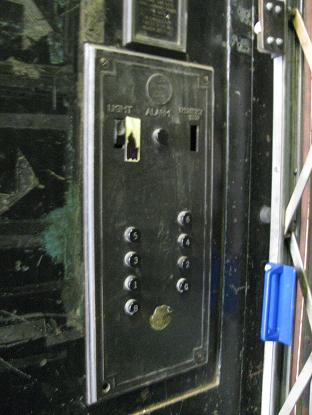


1940s
Otis dropped the "Waygood" name. And they stopped using brass panels in their lifts.
Single speed goods lift.

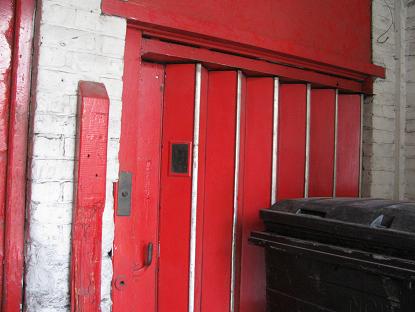
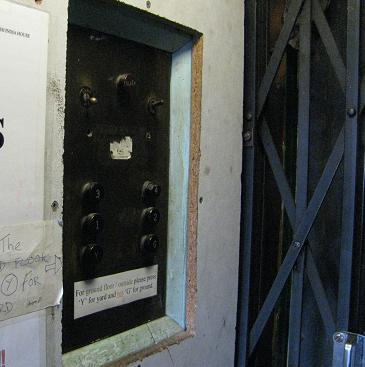


1960s

And here's their cheaper lifts. (but despite being cheap, they far outlast fairly posh lifts of today).



Very posh touch sensitive high rise Otis lifts
Square edition (video by dieselducy)
Circle edition (video by dieselducy)
1970s
And here's their cheaper lifts. (but despite being cheap, they far outlast fairly posh lifts of today).


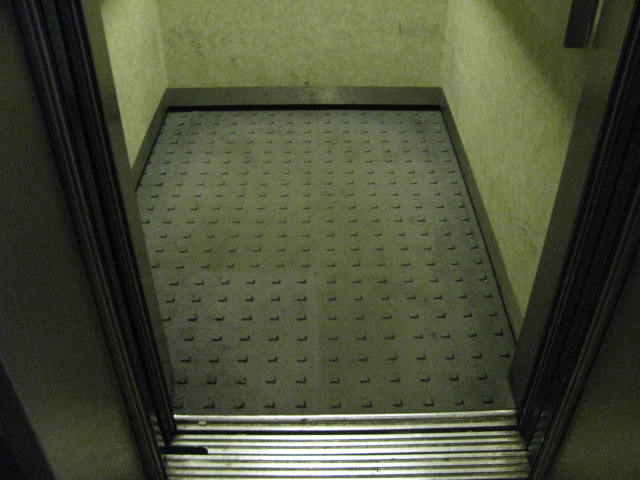

And here's are some very cheap single speed lifts Otis made in the late 70s - early 80s.
1980s
A total revamp in design.
In 1982 Otis took over Evans. They then used the Evans name for their cheap crap lifts. EVANS DID NOT MAKE CHEAP LIFTS. Almost all of Evans's lifts had Evans own buttons, not brought in Dewhurst buttons, that Otis forced them to use until 1997. Evans were a great company that made their own stuff, its horrid how Otis missused their name.
1990s
For Otis the 90s was a change over period between their 80s style and their 2000s style. These were called "Europa 2000".(video by djFadeOut122)
mid 1990s - 2000s
Otis had a brand new modern design of lift. These were very posh and nice.
Otis 2000 and Otis 2000VF (original versions)
Here is the Otis 2000 and the Otis 2000VF (the VF is the variable frequency version). These are very nice lifts, but Otis did make some not so good ones aswell
Otis 2000H
This version is a crap hydraulic. These look like a posh Otis 2000, until it starts moving, then you realise that its actually a boring hydraulic.
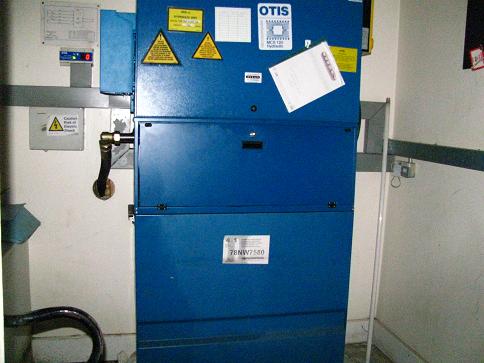
ExpressEvans
Otis took over Express in 1997 and Evans in 1982. They then used their names for their cheap and crap lifts. This is an insult, as Express and Evans NEVER MADE CHEAP LIFTS
Cheap Otis 2000H residential
These are very cheap and crap hydraulics, I don't know why Otis used their Otis 2000 brand for these.
Vandal resistant Otis 2000 and Otis 2000VF
Otis Gen2 (original version)
The Otis Gen2 is Otis's design of MRL lift. These have a motor so small they don't need a motor room. The original version of the Gen2 look identical to the Otis 2000/2000VF. These first Gen2s only went 1m/s and some of them make a horrid rubbing sound.
PRESENT DAY
Hear are Otis's present day Gen2 lifts. (in my opinion, their original Otis 2000VFs were better)
Otis Gen2 motor
Posh Otis lifts
Otis Compass (Chose your floor before you get in the lift)
Otis are using ExpressEvans name again
This is basically a cheap version of a gen2. These are actually not too bad, but nowhere near as good as Express and Evans's lifts would have been if they still existed.



Back to Guide to lifts in the UK